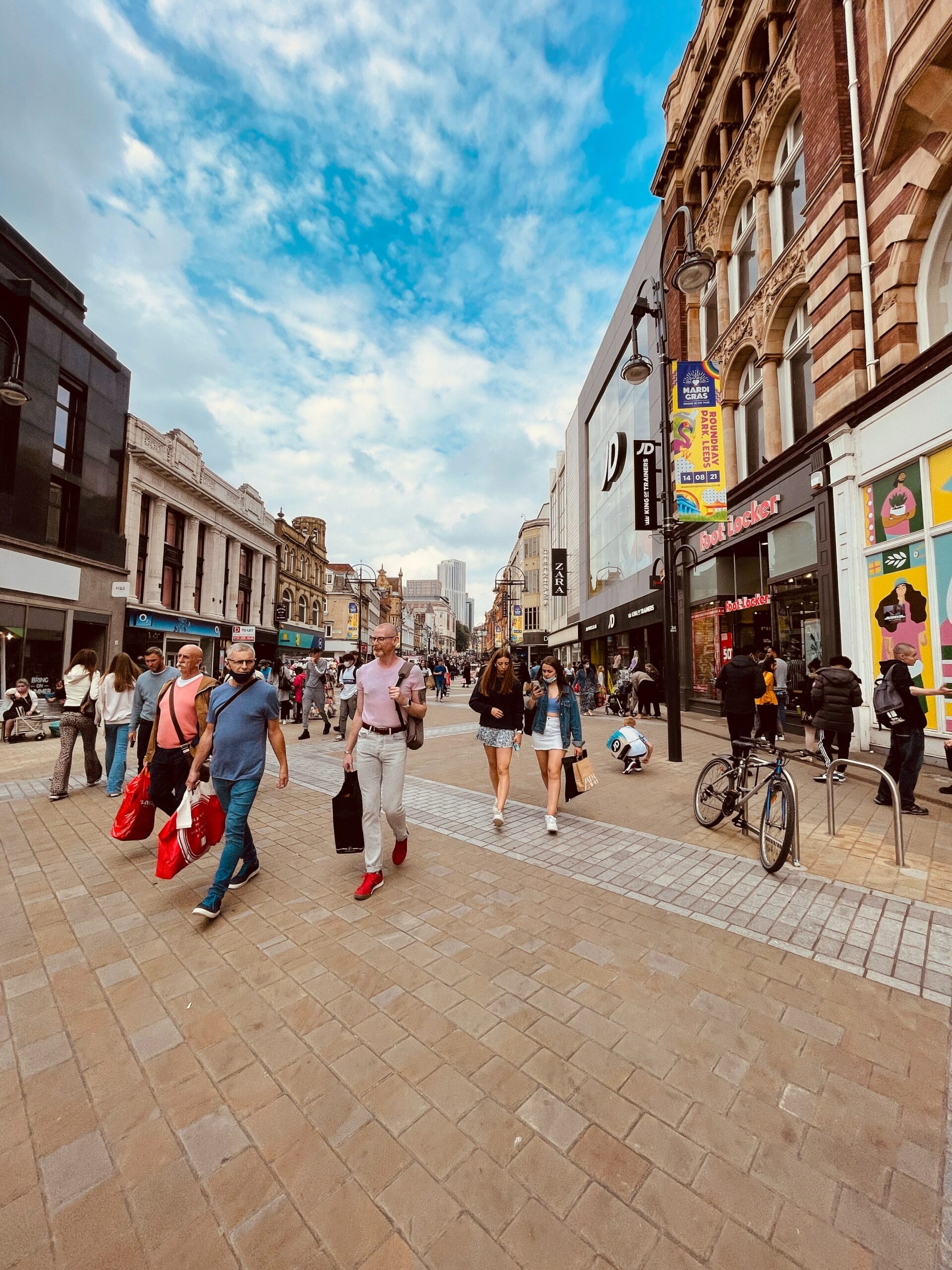
Different People, Same Place
A research paper by What Works Wellbeing and Spirit of 2012 exploring the relationship between individual and community wellbeing.


We know that individual and community wellbeing is related to each other. It’s at the heart of our Happy People, Happier Places strategy at Spirit of 2012. This research, overseen by the What Works Centre for Wellbeing and led by Laura Kudrna (University of Birmingham) and Oyinlola Oyebode (University of Warwick) explores this relationship in detail.
Here you can access a briefing paper about the results, a full technical report and a one page diagram setting out the theoretical model between the two concepts.
Why is this research important?
Some of the projects we fund at Spirit of 2012 are primarily focused on increasing the wellbeing of individuals, others are more interested in the wellbeing of the community, particularly through increasing pride and belonging.
The ideal outcome for many delivery organisations and commissioners is for increases in community wellbeing to enhance individual wellbeing outcomes, and vice versa – creating a virtuous circle.
Just as important, however, is thinking about where individual and community wellbeing outcomes are in tension, how we reduce these tensions and what trade offs we need to make. When it comes to community events, for example, which can increase our sense of belonging, there may be negative wellbeing effects for individuals who feel excluded from the event.
Findings
- We don’t have as much data as we would like to truly understand community wellbeing at a place-based level. The report argues for a new national survey to help fill this gap.
- Place-based interventions (including the Levelling Up programme) must not forget the importance of people not just place.
- Power sharing and co-production with priority groups are regularly cited as key mechanisms to mitigate negative or unintended consequences for people in place – but we need more data to understand how this works.
Who should use the report?
- As a first step, anyone who is designing or commissioning an intervention to improve wellbeing should use the briefing and theoretical model to start thinking about the relationship between individual and community wellbeing. How might they enhance each other? Where might they be in tension?
- Local authorities and researchers, particularly those with access to data at the Lower Super Output Level could use the model to identify the implications of their policies on community and individual wellbeing.
- Researchers keen to explore the relationship between individual and community wellbeing in more detail can take these findings as a jumping off point for more research, testing and improving the theoretical model.
You can find out more about this project and others like it at What Works Centre for Wellbeing.

